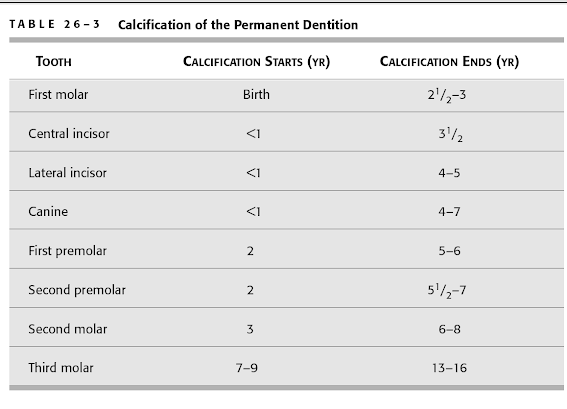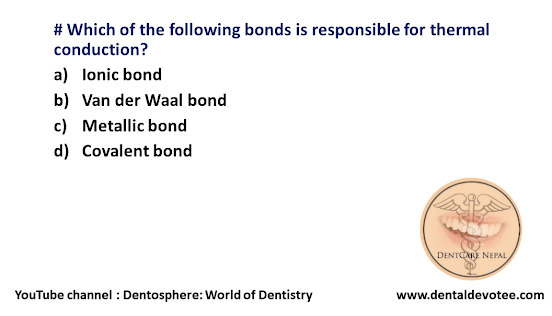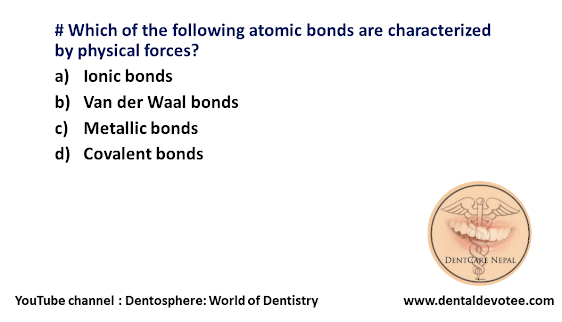# A healthy six year old child presents with carious maxillary second primary molar with a necrotic pulp. Which treatment would be preferred?
A. Extraction
B. Indirect pulp treatment
C. Pulpotomy
D. Pulpectomy
The correct answer is D. Pulpectomy.
PULPECTOMY: “Removal of the entire pulp and subsequent filling of the canals of the primary teeth with a suitable resorbable material.”
INDICATIONS
1. Primary teeth with pulp inflammation extending beyond the coronal pulp
2. Roots and alveolar bone with minimum pathologic resorption
3. Primary teeth with necrotic pulp and or periapical abscess
4. Pus at the clinical pulp exposure site.
CONTRAINDICATIONS
1. Grossly destroyed tooth that is nonrestorable clinically
2. Periradicular involvement extending to the permanent tooth bud, where the risk of damage to the permanent tooth is high.
3. Root resorption—internal or external
4. Extensive mobility
5. Gross bone loss at the apex or at the furcation.







